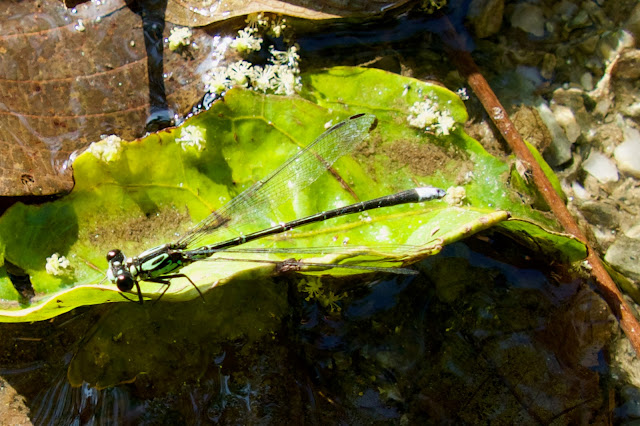Family Euphaeidae
Hagen 1880
Elevation 500-2600m
Abdomen 36-40mm
Nepal Distribution:
Godavari, Shiva Puri, Lamjung, Pokhara, Daman, Hetauda
There are three Anisopleura on the south-westerly route out of the Valley. A. lestoides is the most common of the Anisopleura, and A. comes is more common than A. subplatystyla. They share the same habitat but differ in seasonal timing. A. comes is usually earlier in the season than its close relative A. subplatystyla. The key identification feature of this species is the open elongated oval on the thorax. It is found all across North East India, and Nepal, and occurs in Punjab.Elevation 500-2600m
Abdomen 36-40mm
Nepal Distribution:
Godavari, Shiva Puri, Lamjung, Pokhara, Daman, Hetauda
Male



Female
Anisopleura lestoides
Selys 1853
Elevation 700 -2500m
Abdomen 36-38mm
Nepal distribution: Kathmandu Valley, Pokhara, Ilam, Hetauda
This is a species that Fraser said was common in North East India and in Uttarakhand and it is common in Nepal. It is often found with A. subplatystyla sharing the same habitat and overlapping during part of the season. It is also most common in mid-elevations around 1200 to 1800m. I have seen it at many locations in Nepal and always on small streams. It can be seen from May to October. Males and females are similar having a spear-shaped mark on the thorax.
Male


Female
Anisopleura subplatystyla
Fraser 1927
Elevation 1500-2000m
Elevation 1500-2000m
Abdomen 34mm
Nepal Distribution: Godavari, Daman, Lamjung, Shiva Puri
Fraser said this species was seen mostly in Northeast India, Meghalaya, and Shillong. It is uncommon in Nepal and few records exist. I have found it in four locations so far. These photos of a male and female are from a small roadside stream off the Daman highway where a water mill is located. The distinguishing feature is the oval doughnut-shaped mark on the thorax dorsum.Nepal Distribution: Godavari, Daman, Lamjung, Shiva Puri









No comments:
Post a Comment